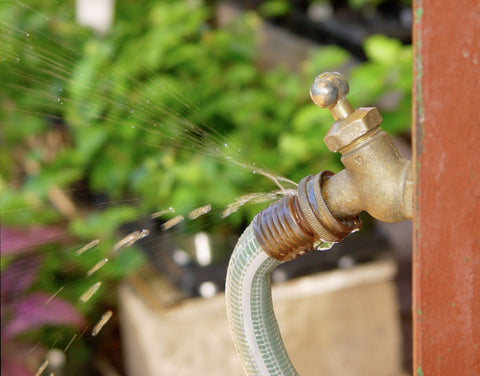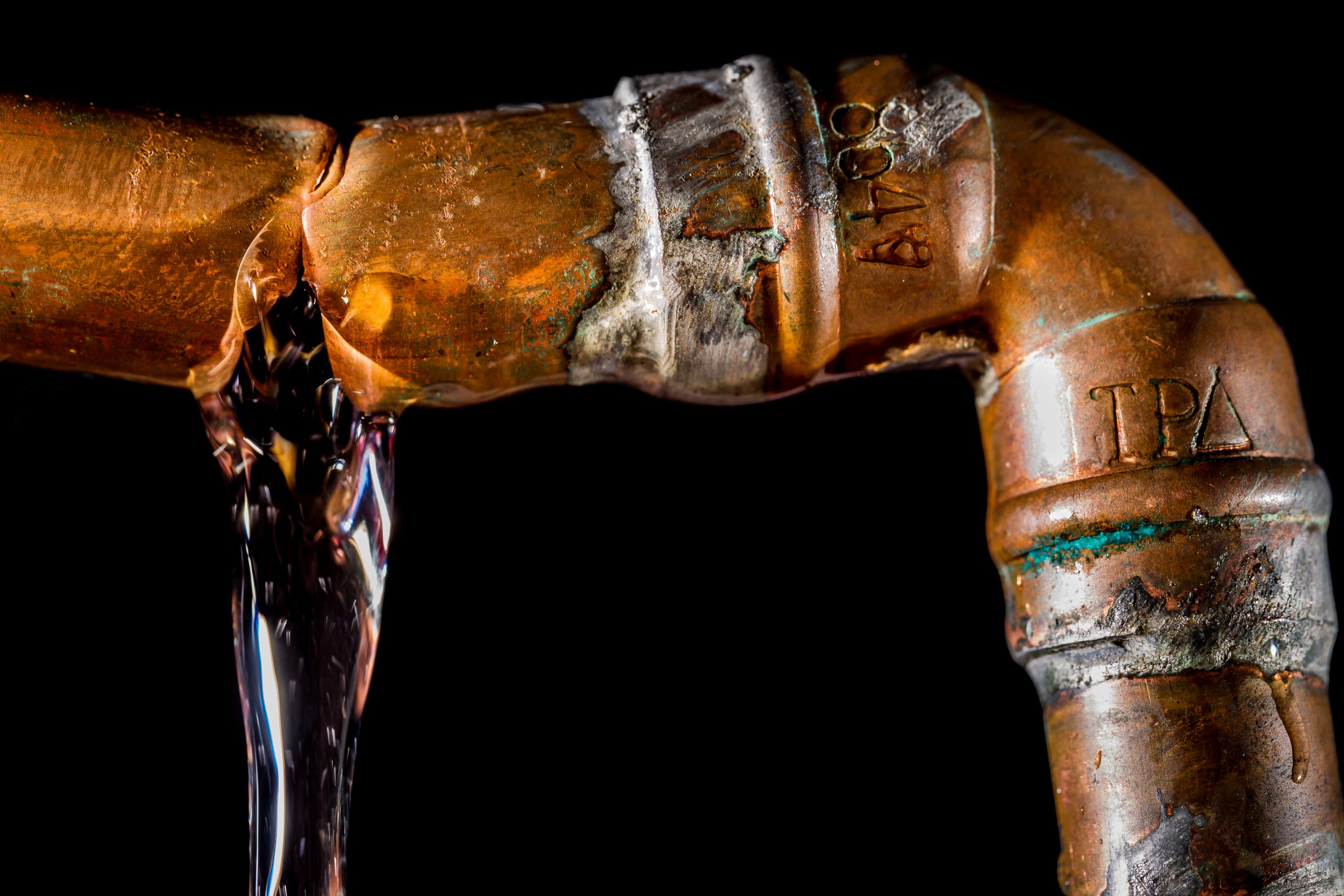What are your insights and beliefs on How to Prevent Frozen Pipes?

All property owners who live in temperate climates have to do their best to winterize their pipes. Failing to do so can spell disaster like icy, cracked, or ruptured pipelines.
Activate the Faucets
When the temperature level declines and it appears as if the frigid temperature level will certainly last, it will certainly aid to turn on your water both inside as well as outdoors. This will keep the water moving with your plumbing systems. On top of that, the movement will slow down the freezing procedure. Significantly, there's no demand to transform it on full blast. You'll wind up throwing away gallons of water this way. Instead, go for concerning 5 drops per minute.
Open Closet Doors Hiding Plumbing
When it's cool outside, it would be handy to open closet doors that are concealing your pipes. Doing this small trick can maintain your pipes warm as well as limit the possibly hazardous end results of freezing temperatures.
Take Time to Wrap Exposed Water Lines
One great and easy hack to warm up icy pipes is to wrap them with warm towels. You can additionally utilize pre-soaked towels in warm water, just do not fail to remember to put on safety gloves to secure your hands from the heat.
Try a Hair Clothes Dryer or Heat Gun
When your pipelines are practically freezing, your dependable hair clothes dryer or warm gun is a blessing. Bowling hot air directly into them may assist if the warm towels do not assist displace any working out ice in your pipelines. Nevertheless, do not utilize other items that generate straight flames like a strike lantern. This can cause a bigger disaster that you can not regulate. You might wind up harmful your pipelines while trying to thaw the ice. And also in the future, you may also end up burning your residence. So be cautious!
When Pipes are Frozen, close Off Water
If you observe that your pipes are totally icy or virtually nearing that phase, turn off the primary water valve immediately. You will normally locate this in your basement or laundry room near the heating system or the front wall surface closest to the street. Transform it off right now to prevent additional damages.
Do not fail to remember to close exterior water sources, also, such as your connection for the garden home. Doing this will stop extra water from filling up your plumbing system. With more water, even more ice will certainly pile up, which will ultimately lead to rupture pipes. If you are not sure about the state of your pipelines this winter season, it is best to call a specialist plumber for an examination. Taking this aggressive approach can conserve you hundreds of bucks in repairs.
All property owners that live in pleasant climates should do their finest to winterize their pipelines. Failure to do so can spell catastrophe like frozen, cracked, or burst pipelines. If the hot towels do not help dislodge any settling ice in your pipelines, bowling hot air directly into them might assist. Transform off the main water shutoff quickly if you observe that your pipelines are completely frozen or nearly nearing that stage. With even more water, even more ice will certainly load up, which will at some point lead to rupture pipes.
PREVENT YOUR PIPES FROM FREEZING THIS WINTER
A Leading Cause of Property Damage
When the weather is taking a deep nose dive into the cold dreary days, the risk of your pipes freezing and potentially bursting skyrockets. Unfortunately, during these cold dreary months, burst pipes are the most common denominator for property damage. The pipes that are most at the risk are those that are in areas where it is most cold in your home. For instance, pipes located in interior places such as basements, attics, and your garage. Unfortunately, that doesn’t mean that the pipes running through your cabinets or exterior walls can’t freeze. Good news, however, is that you can do things to help prevent pipes from freezing.
How to Prevent Pipes From Freezing
Once the temperature starts to drop during the winter, you should be taking the proper measures needed to ensure that your pipes stay warm and that there is circulation of water through them. Some steps that experts may recommend could go against your better judgement when it comes to saving water and heat. However, it would go without saying that when expenses are compared, damaged pipes could put a bigger dent in your wallet than a water bill.
What Can I Do?
Keep your garage door closed. This is very important, especially if you have water supply lines running through your garage. Open your kitchen and bathroom cabinets to allow warm air to circulate through them. Allow air circulation throughout your home. Keeping the interior doors open will once again allow the warm air to circulate inside your home. Ensure your thermostat is running the same temperature throughout the night and day. If you plan to be away from home during the cold months, set your temperature no lower than 55° F. This should provide enough heat to keep the pipes warm and prevent any remaining water inside the pipes from freezing. For more of a long-term solution, add insulation to attics, basement, and other crawl spaces around your home. By allowing your faucet to drip, it will alleviate pressure in the system. This is important because the pressure that is created between the blockage and the faucet can potentially cause the pipes to burst. Allowing the faucet to drip will prevent the pressure from building up, therefore keeping the pipes from bursting. Seal any cracks, openings, and crawl spaces around your home to prevent cold air from coming inside. This keeps your pipes-not to mention your home-warmer and less susceptible to issues caused by freezing temperatures. For the pipes in your home that are easily accessible, applying electrical tape to them might prevent them from freezing over. This is a quick fix, as you can apply the tape directly to the pipe. There are two options for heating tapes. One turns on and off by itself when it senses heat is needed. The other type of heating tape needs to be applied when heat is needed and removed when not necessary. If you have exposed pipes in your home, you can check this website to take a look at a few options that would be available at a shop near you.

Do you like reading up on Winterizing Your Pipes? Make a remark directly below. We'd be delighted to listen to your insights about this blog post. We are looking forward that you visit us again before long. For those who enjoyed our blog post kindly make sure you remember to pass it around. Kudos for your time. Come back soon.
Search-end for emergency plumbing.